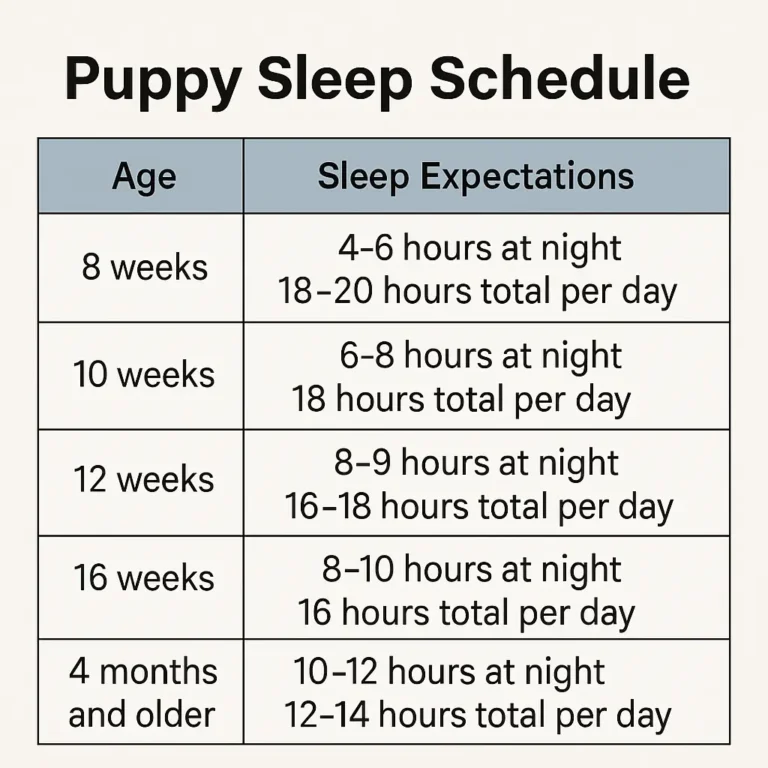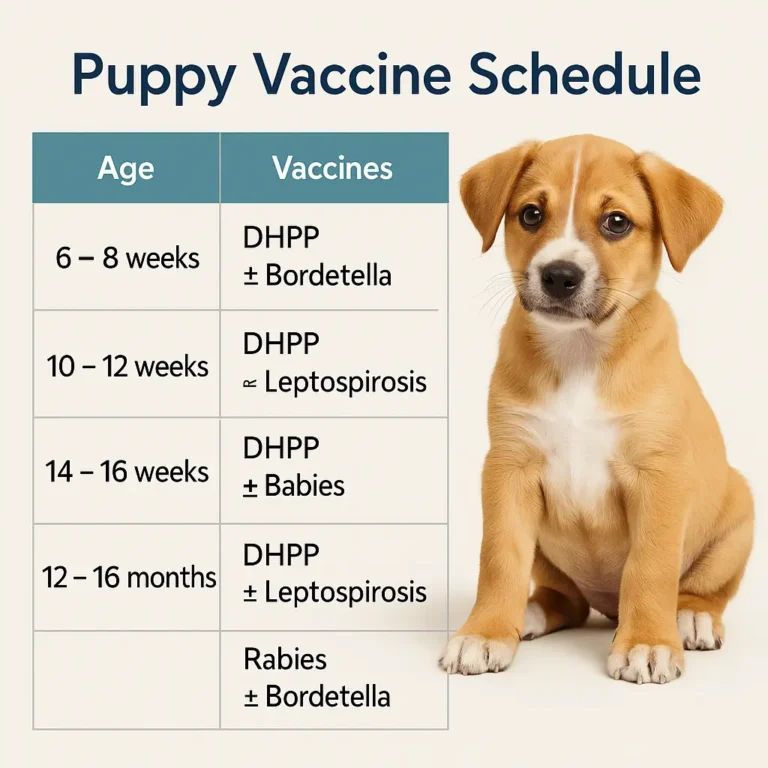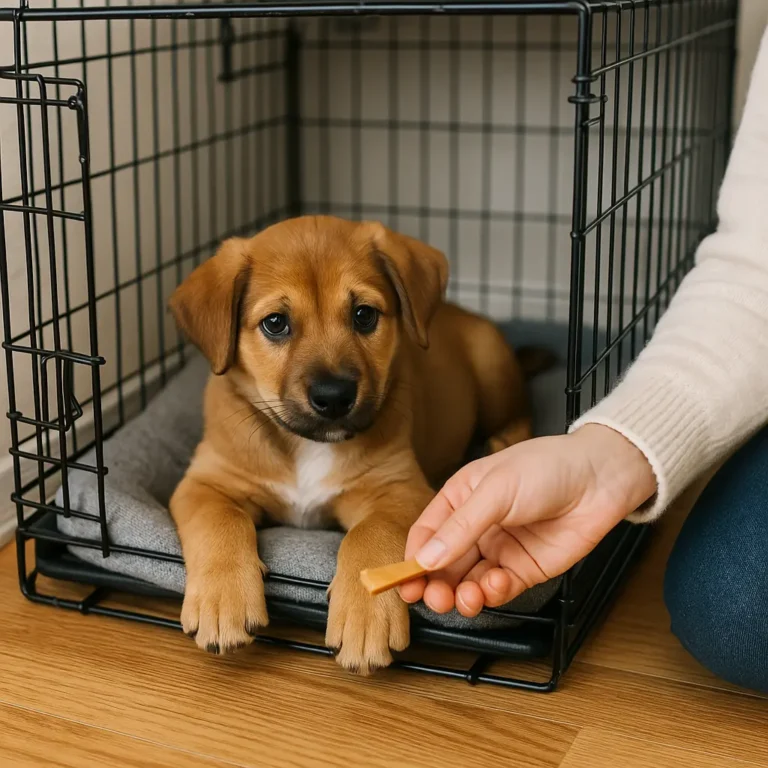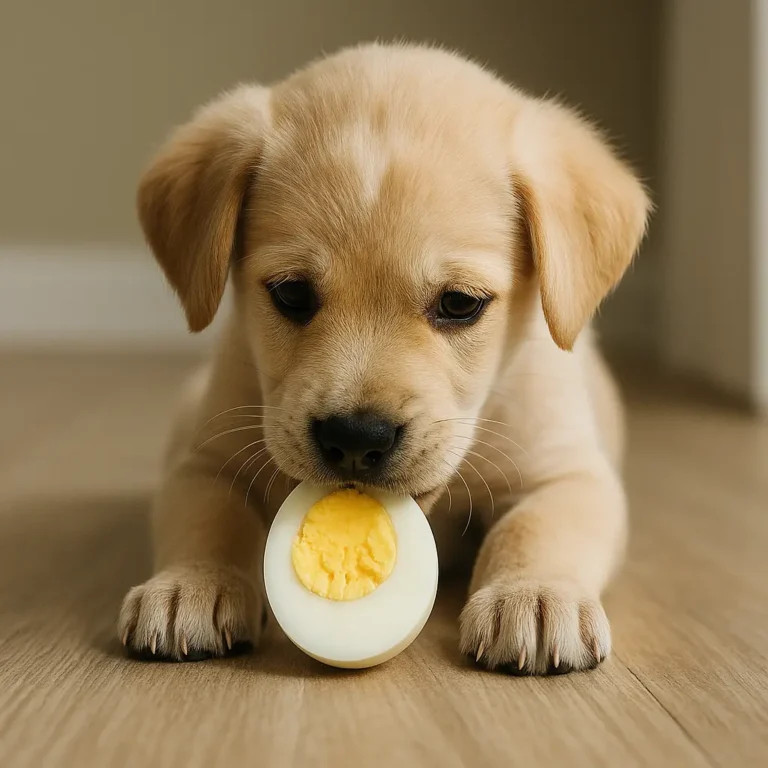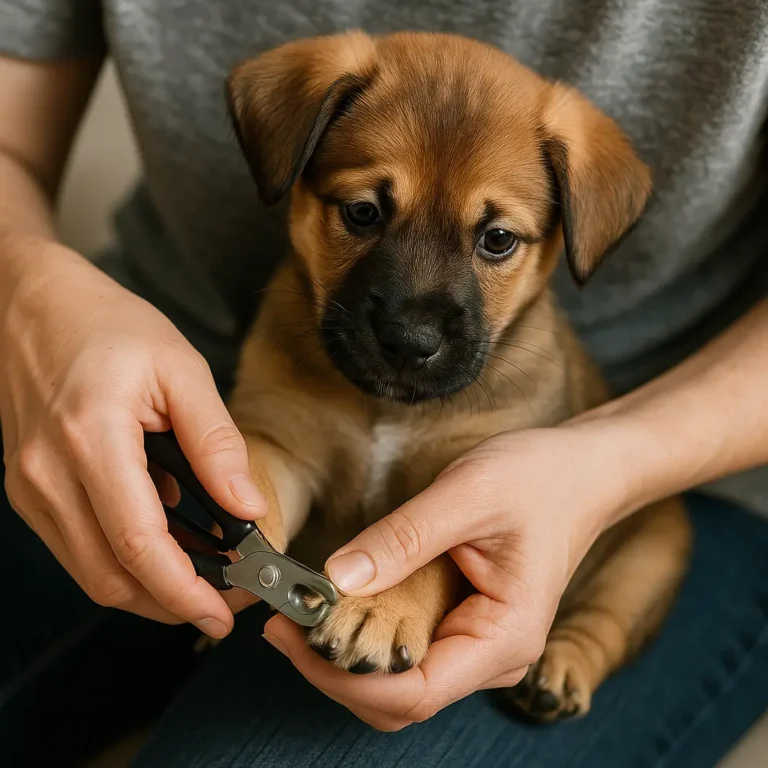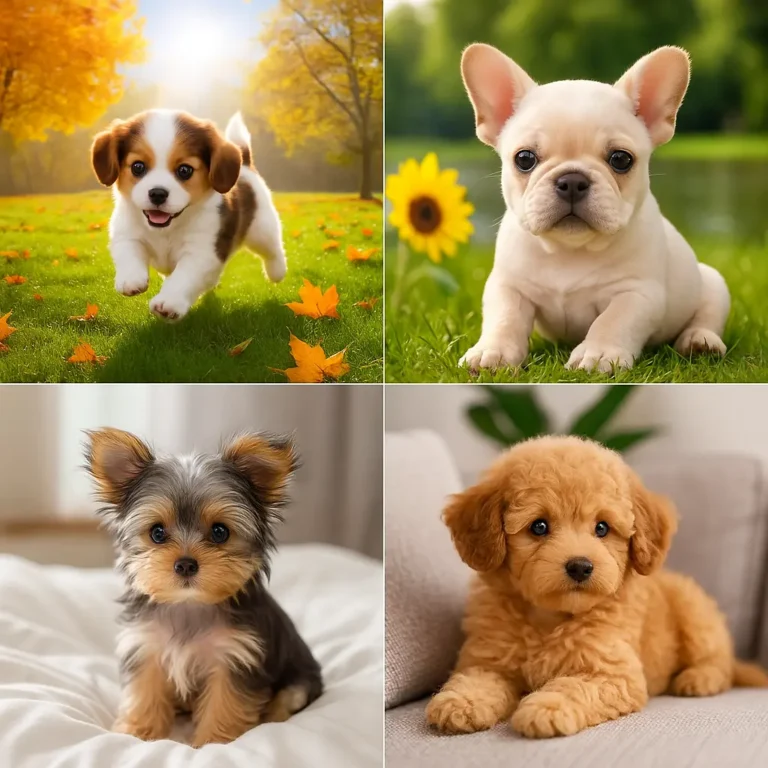golden labrador retriever
Golden Labrador Retriever: Everything You Need to Know
The Golden Labrador Retriever is a unique hybrid that combines the loyalty and intelligence of a Labrador Retriever with the gentle, friendly nature of a Golden Retriever. This crossbreed is known for its playful demeanor, affectionate personality, and trainability, making it a perfect companion for families, singles, and active individuals.
Golden Labradors inherit high energy levels, a love for outdoor activities, and an eagerness to please, making them great at obedience training, agility, and service work. They thrive in homes where they receive attention, exercise, and mental stimulation.
With a medium to large build, wavy or straight coat, and expressive eyes, these dogs are as beautiful as they are intelligent. Whether as a family pet, therapy dog, or adventure companion, the Golden Labrador Retriever offers unmatched companionship and joy.

Golden Labrador Puppies: Adorable and Energetic
Golden Labrador Retriever puppies are playful, energetic, and highly intelligent. They require early training and socialization to develop good manners and obedience.
Their curious nature makes them eager to explore, so introducing them to different environments, sounds, and people helps them grow into confident adult dogs. They need proper nutrition, a comfortable sleeping space, and plenty of love during their early months.
As they grow, their coat may develop wavy or straight textures, resembling either parent breed. With proper training, care, and exercise, Golden Labrador puppies develop into loving and well-mannered companions.
Breed Traits
Temperament: Friendly, affectionate, and intelligent Energy Levels: High, requires daily exercise Trainability: Highly trainable, eager to please Coat Type: Medium-length, can be wavy or straight Best For: Families, active owners, service work
Golden Labrador Retrievers have an average lifespan of 10–14 years. Proper nutrition, exercise, and regular vet checkups help ensure a long and healthy life for this energetic and affectionate breed.
Golden Labrador Retrievers typically stand between 22–24 inches tall at the shoulder. Males are slightly taller than females, but both maintain a strong and well-balanced physique.
The average weight for a Golden Labrador ranges from 55–80 pounds, depending on gender and diet. Maintaining a healthy weight through exercise and portion control is crucial to prevent obesity-related health issues.
Golden Labradors thrive in spacious homes with access to outdoor areas. They require daily exercise, mental stimulation, and social interaction, making them best suited for active families and outdoor enthusiasts.
Breed Characteristics
Golden Labradors inherit traits from both parent breeds, including loyalty, intelligence, and friendliness. They are outgoing, playful, and affectionate, making them excellent companions for individuals and families alike.
Yes! Golden Labradors are fantastic family pets. Their gentle nature, patience with children, and social demeanor make them ideal for homes with kids, other pets, and active households.
Golden Labradors have a strong, athletic build, expressive eyes, and a well-proportioned face. Their coat may be wavy or straight, ranging from golden blonde to light brown shades.
Golden Labradors are incredibly friendly and social. They love meeting new people, playing with other dogs, and spending time with family members, making them excellent companions for multi-pet households.
Golden Labradors are affectionate, intelligent, and playful. They love human interaction, learning new tricks, and staying active, making them one of the most enjoyable and loyal dog breeds.
Training: How to Train a Golden Labrador Retriever
Golden Labradors are highly trainable and respond well to positive reinforcement techniques. They excel in basic obedience, advanced training, and service work, making them ideal for first-time and experienced dog owners.
Early training ensures they develop good behavior and listening skills. Since they are eager to please, using rewards, praise, and consistency helps reinforce commands.
Golden Labradors love interactive training sessions, agility exercises, and mental challenges like puzzle toys. With patience and consistency, they become obedient, well-mannered companions.
Golden Labrador Retriever History & Facts
The Golden Labrador Retriever is a hybrid dog resulting from crossbreeding the Labrador Retriever and the Golden Retriever.
Both parent breeds have a rich history as working dogs. The Labrador Retriever originated in Newfoundland, where they were used for retrieving fish and game. The Golden Retriever originated in Scotland and was bred for retrieving game birds during hunts.
The Golden Labrador mix was developed to combine the intelligence, trainability, and gentle nature of both breeds. Today, they are highly sought after as family pets, therapy dogs, and service animals.
Golden Labradors are excellent swimmers, thanks to their water-resistant coats and webbed feet.
They are among the most trainable dogs, excelling in therapy and service work.
Golden Labradors are known for their “soft mouth,” meaning they can carry objects without damaging them.
They thrive in multi-pet households and are friendly towards other dogs and animals.
Their loyal and affectionate personality makes them one of the most popular hybrid breeds worldwide.
Popular Labrador Mix Breeds
Golden Labradors belong to a group of popular Labrador mix breeds. Other common mixes include:
- Goldador (Golden Retriever + Labrador Retriever) – Smart, affectionate, and highly trainable
- Labradoodle (Labrador + Poodle) – Hypoallergenic, playful, and energetic
- Sheprador (Labrador + German Shepherd) – Protective, loyal, and strong-willed
- Golden Husky (Golden Retriever + Husky) – Energetic, social, and adventurous
These mixes inherit desirable traits from both parent breeds, making them wonderful companions for families and active individuals.
Food & Nutrition: A Balanced Diet for Golden Labrador Retrievers
The Golden Labrador Retriever requires a high-protein, nutrient-dense diet to support its energy levels and muscle health. A balanced meal plan should include lean meats (chicken, fish, or beef), whole grains, vegetables, and healthy fats.
To prevent obesity, feed them measured portions twice daily instead of free-feeding. Adding glucosamine-rich foods like fish oil supports joint health, while omega-3 fatty acids enhance coat shine.
Avoid feeding them processed foods, excessive treats, or toxic foods like chocolate and onions. Keeping their water intake consistent ensures proper digestion and hydration.
Breed Behavior: Personality of a Golden Labrador Retriever
Golden Labradors are affectionate, playful, and highly intelligent. They are loyal family companions who thrive on social interaction and bonding. Their friendly nature makes them excellent with children, other pets, and even strangers. With proper training and engagement, they develop into obedient and well-mannered dogs.
Alertness
Protectiveness
Prey drive
Aggressiveness
Barking level
Trainability
Mental stimulation needs
Intelligence
Popular Labrador Mix Breeds
Golden Labradors are often crossbred to enhance their characteristics. Some popular Labrador mix breeds include:
- Goldador (Golden Retriever + Labrador Retriever) – Intelligent, affectionate, and trainable.
- Labradoodle (Labrador + Poodle) – Hypoallergenic and energetic.
- Sheprador (Labrador + German Shepherd) – Protective and strong-willed.
- Golden Husky (Golden Retriever + Husky) – Playful, social, and active.
Each mix retains Labrador-like qualities while inheriting unique features from the other parent breed, making them wonderful companions for various households.
Grooming Needs: How to Maintain a Golden Labrador’s Coat
Golden Labradors have short to medium-length coats, requiring weekly brushing to control shedding. During seasonal changes, brushing should be increased to twice a week to remove loose fur.
Bathing every 6–8 weeks keeps their coat clean and healthy. Their floppy ears require regular cleaning to prevent infections, and their nails should be trimmed every few weeks.
Providing a nutrient-rich diet with omega-3 fatty acids supports a shiny and healthy coat. Proper grooming minimizes shedding and maintains skin health, ensuring that your Golden Labrador looks and feels great.
Physical Attributes: A Strong and Balanced Retriever
The Golden Labrador Retriever has a well-built, athletic body, combining the muscular structure of a Labrador Retriever with the sleek elegance of a Golden Retriever. They have deep brown or hazel eyes, floppy ears, and a broad skull. Their medium-length coat, straight or wavy, adds to their stunning appearance.
Breed Size
Colours
Coat
Drooling
Snoring
Exercise Needs
Grooming Needs
Aggressiveness
Health: Common Health Concerns in Golden Labradors
Golden Labradors are generally healthy, but they may develop hip and elbow dysplasia, progressive retinal atrophy (PRA), and obesity. A balanced diet, regular exercise, and vet checkups help prevent weight-related issues and joint problems.
Due to their floppy ears, they are prone to ear infections, requiring regular cleaning and drying after swimming. As they age, they may experience arthritis or heart conditions, so glucosamine supplements and a vet-monitored diet help maintain joint and heart health.
With proper nutrition, exercise, and preventive care, Golden Labradors can live a happy and active life for 10–14 years.
Medium Dog Breed: Is the Golden Labrador Considered Medium-Sized?
Golden Labradors are often categorized as medium-to-large dogs, depending on their height and weight. Males are typically larger and more muscular, while females have a leaner build.
Despite their size, they are adaptable to different living environments, including suburban homes, apartments, and farm settings. However, they need regular exercise, training, and socialization to thrive.
Their intelligence and affectionate nature make them excellent family pets, service dogs, and therapy companions. With proper training and care, they fit well into various lifestyles, making them a versatile and well-loved breed.
Golden Labrador Retrievers FAQ
Are Golden Labradors good for first-time dog owners?
Do Golden Labradors get along with other pets?
How often should Golden Labradors be groomed?
Are Golden Labradors high-energy dogs?
Do Golden Labradors make good watchdogs?
How do you prevent obesity in Golden Labradors?
Can Golden Labradors live in apartments?
What is the best training method for Golden Labradors?
Dog Life: A Day in the Life of a Golden Labrador Retriever
Golden Labradors wake up excited for the day, enjoying morning walks, interactive play, and training sessions. Their energetic personality keeps them engaged in fetch, swimming, and outdoor adventures.
They thrive on human companionship, following their owners around and seeking attention. Proper nutrition, mental stimulation, and playtime keep them healthy and happy.
Evenings are spent relaxing with family, enjoying cuddles, and settling in for a good night’s rest. Their loving nature and loyalty make them exceptional family pets.
Golden Labradors are loving, intelligent, and active, making them great companions for families and individuals. Their trainability, social nature, and affectionate temperament make them ideal for first-time owners and experienced dog lovers.
With proper training, nutrition, and care, they thrive in various environments. Whether as a family pet, therapy dog, or adventure partner, Golden Labradors offer unmatched joy and companionship.

